"Important NOTE" Information Provided On This
Website Is Intended For "GENERAL INFORMATION
ONLY" And Must Be
Only Be Used Only As A "GUIDE" It Must Not Be Used For Decision Making, Or
Be Used For Any Building Purposes Or Legal Proceedings. Refer To Our Policies On This Website.
The Beauty About A Concrete Swimming Pool Design Is
The Consumer Is Not Limited To A Moulded Pool
Designs.
The design options available for concrete pools are almost endless.
A good swimming pool design is about creating a balance between aesthetics and function.
Only a qualified structural engineer will be able to provide these services determine the right
calculations
and combination of materials to use, to ensure your pool will not fail.
The remedy for this is to make sure your pool wall is designed properly with the correct amount of concrete
rebar steel is placed in specific places where it can effectively resist the cracks caused by the push of the
soil.
Do not cut corners or do it yourself as this will turn out to be expensive and disastrous in the future.
Reinforced Concrete
Basics:
Rebar and concrete possess quality features that make them the material of choice when building your pool
wall.
First, they have very similar expansion (thermal) properties.
This implies that they contract and expand at the same rate depending on temperatures.
Thermal expansion is an important feature.
However, the behavior of these two materials under forces of tension and compression are more important.
Concrete is extremely strong under compression forces, but at the same time weak under tension.
Steel on the other hand is quite strong and will not fail even when subjected to tension forces but weak when
compressed.
The Rebar is actually deformed steel. The ridges are meant to grip the concrete so that the materials cleave
together even when loaded.
For pools, engineers recommend 40 grade rebar albeit 60 grade rebar can be used.
However the 60 grade is a bit costly, stronger and harder for the engineer to work with.
When you combine concrete and steel rebars, you get the best properties from the two components that
are strength in compression and in tension.
Areas that are likely to be subjected to more compression will require a higher concrete to steel ratio, while
areas subjected to more tension forces will need a higher steel to concrete ratio.
Soil Is The Most Expansive Factor:
This means that when it gets wet, it expands. When the soil behind the pool wall expands, it will push it
inward.
This means that the back wall that is in actual contact with the dirt is being stretched (tension) while the
inside face in contact with the water is being compressed.
The pool wall will therefore need more steel on the back wall where there is tension and more concrete on
the inside wall where there is compression.
The more expansive the soil gets the more concrete and rebar steel will be required to make the wall stronger.
Sometimes a pool wall maybe designed to hold water in instead of holding soil out.
This is more common for above ground pools or for pools on a hill side with nothing behind the back wall.
This type of wall is referred to as a freestanding wall.
This wall will require more steel near the surface of the concrete in the contact with water more
concrete
on the back wall.
Know Your Pool Site
Conditions:
Before embarking on constructing a pool, there are a few critical things you need to know about your site.
These May Include:
* Hillside Locations
* Out Of Ground Structures
* The Type Of Soil And It's Properties
* How Expansive The Soil Is
Will the pool's floor be on two different types of soil, plus additional loads (surcharges) that may be placed
on the pool that require beefier structures.
Remember, A New Swimming Pool Is A Reward, A Lifestyle Change And
Adds Aesthetic To Complement Any Property.
The Concrete Pool Construction Process Includes:
1. Set out and pre-start meeting
2. Delivery of materials for form work
3. Earthworks and hole digging
4. Formwork and steel placement
5. Concrete shell pour
6. Backfill and plumbing
7. Electrician
8. Waterline tiling
9. Step treads
10. Bull-nose header on pool edge
11. Water features and paving
12. Filtration equipment delivery
13. Shell clean out and plaster delivery
14. Internal finish application
15. Fill with water
16. Chemical treatment
17. Client instruction and handover
As An Addition To Your Existing Property It Is Vital That
Your Swimming
Pool Adheres To The Design Concepts And Styles Of It's
Surrounds.
|

|
Videos Are Under Construction They Will Be Uploaded
Soon |
|

|
Videos Are Under Construction They Will Be Uploaded
Soon |
"Important NOTE" Information Provided On This Website Is
Intended For "GENERAL INFORMATION
ONLY" And Must Be Only
Be Used Only As A "GUIDE" It Must Not Be Used For Decision Making, Or
Be Used For Any Building Purposes Or Legal Proceedings. Refer To Our Policies On This Website.
| 

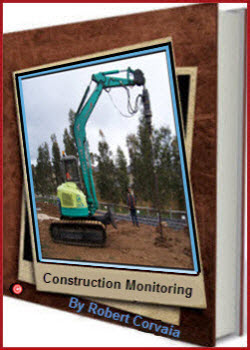
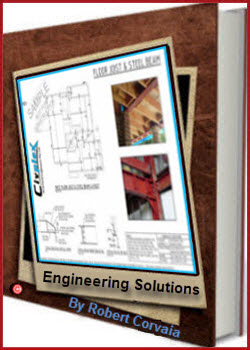
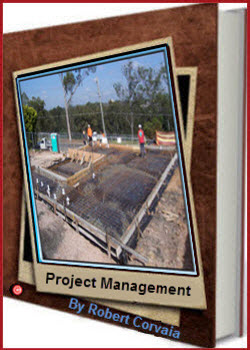
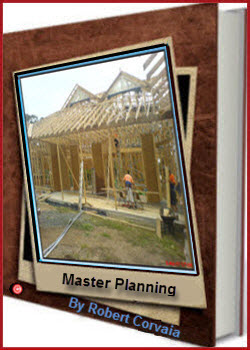
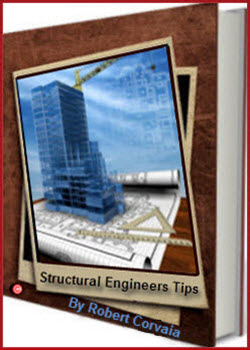









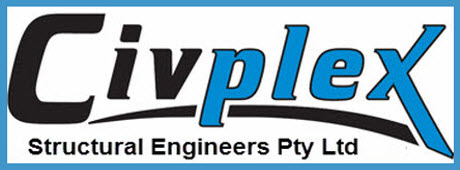

 Facebook
Facebook Netvouz
Netvouz Stumbleupon
Stumbleupon Technorati
Technorati BlinkList
BlinkList Digg
Digg Livejournal
Livejournal Reddit
Reddit Wists
Wists Diigo
Diigo Ma.gnolia
Ma.gnolia Twitter
Twitter Yahoo My Web
Yahoo My Web Spurl
Spurl Newsvine
Newsvine Google Bookmarks
Google Bookmarks Fark
Fark Delicious
Delicious Blogmarks
Blogmarks

























